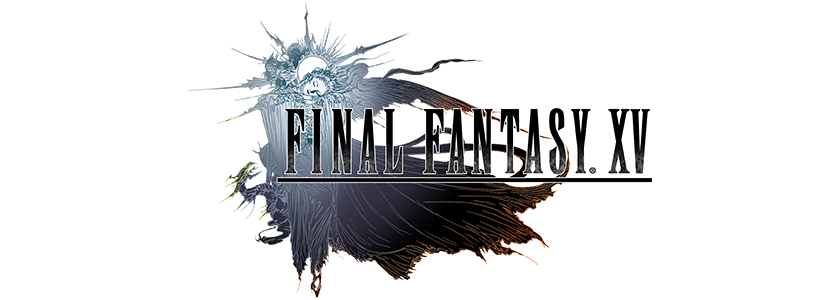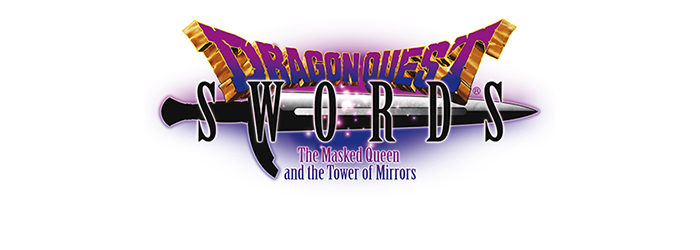- Genre: Action/Adventure
- Platform: PS4
The Last Guardian is about as niche a recommendation as I can ever give to a game that I highly enjoyed. This is definitely a game that has taken the things that were learned on the related Ico and Shadow of the Colossus to make a great experience. However, it also brings most of the negatives along with it.
The thing that stands out to me the most having completed this game is how realistic the actual character of Trico feels. Despite being a giant flying dog thing with the attitude of a cat, it feels like a creature that would not be out of place in our world. It was typically the little things that Trico did that brought this out. When going into tunnels that it can’t fit through, it sticks its face into the hole and sulks like a dog that had been punished. When you call out to it to follow after you, it will bark back at you. When its facing enemies, it will growl and roar at them while attacking. The realism that they’ve brought to the character is fantastic, but it also leads to some of the game’s biggest problems.
Like Ico, this game is effectively a long chain of puzzles surrounding an overarching protection quest. Like Ico, this also brings a lot of the same AI-related problems with it. While in a lot of ways the somewhat catty behavior is often purposeful, I spent a fair bit of time simply fighting with Trico to go to the right places. Since a lot of the spots I would end up could only happen while on Trico’s back, there were sections where I’d be spending 5+ minutes simply trying to get the AI going back in the right direction.
The Shadow of the Colossus influence comes in with how the game plays. Interactions with Trico are very similar to interactions with the colossi. You jump up onto the soft areas of Trico, and can climb around all over its body. However, you aren’t stabbing Trico, but giving him commands about where to go, healing injuries sustained in fights, or simply using Trico as a leg up to get to higher platforms within puzzles. However, like Shadow, the climbing is also extraordinarily clumsy, to the point where Trico’s movement was often throwing me off his body, many times to my death. Climbing through the environment also has a lot of the same difficulties. In the end the game’s animation is both its blessing and its curse here. While the character animation for this traversal is spectacularly good, its reliance on IK solving means that all motion is realistically paced, which for games translates to slow and often unpredictable.
The rest of the problems from the past couple of games are sort of scattered throughout as well. The art style itself is going to be hit or miss for a lot of people. There’s a lot of work put into the real-time feathers covering Trico, but the rest of the environment is generally fairly simple and visual the same throughout. Outdoor scenes are a mixed bag of scenes lit spectacularly, and scenes suffering from severe overbloom. Performance in general is pretty unreliable, particularly outdoors. Puzzles can often be fairly vague leading to a lot of guess work, particularly when they’re relying on Trico’s AI doing things to solve them. The camera is also a mixed bag, often getting stuck on scenery, particularly when riding on Trico’s back.
So all that said, if this sounds an awful lot like a combination of things seen in Ico and Shadow of the Colossus, that’s because it basically is. For better or worse, the things the team learned in the first two games, and the problems that existed in the first two games are both here. Fans of either of those are largely going to find that this is the game they’ve wanted for the last ten years, but if you don’t find yourself in that group, this is going to be a pretty rough place to hop in to the line.


